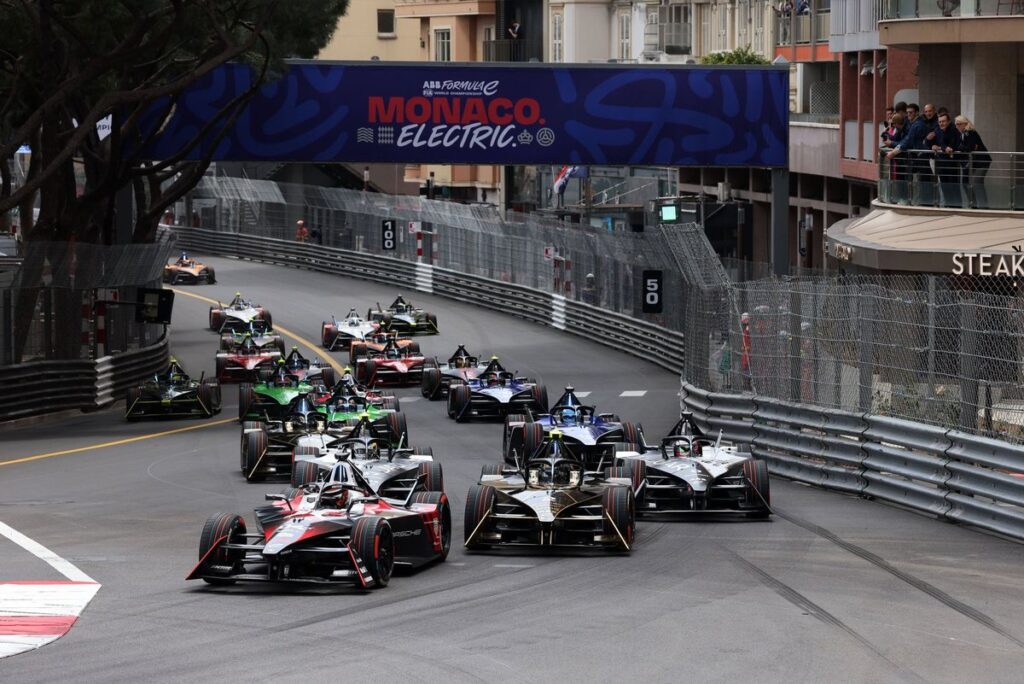Dakar Rally News: FIA Reduces Attack Mode Duration for Formula E Berlin E-Prix
Ahead of the two Formula E races scheduled at the new configuration of the Tempelhof Airport circuit in Berlin, Germany, the FIA has announced a reduction in the Attack Mode duration. This decision has been made as a precautionary measure to better protect the battery units used in the all-electric racing series.
Previously, drivers were able to utilize a total of eight minutes of Attack Mode, which provided an additional boost of power up to 350kW when going off the racing line through designated detection points. However, the increased strain on the battery has prompted the FIA and battery supplier WAE (formerly Williams Advanced Engineering) to take steps to ensure the longevity of the power units.
For the opening race in Berlin, the Attack Mode duration has been reduced to six minutes, to be used across two activations. In the sequel race, the duration will be further decreased to just four minutes, also split into two activations.
Reigning Formula E champion Jake Dennis acknowledged the rationale behind the decision, stating, “I understand why they’re doing it obviously with the battery issues, they don’t want to stress the battery in 350kW for too long.” He emphasized that the change would affect all drivers equally, as it is a precautionary measure implemented by the battery supplier.
“I understand why they’re doing it obviously with the battery issues, they don’t want to stress the battery in 350kW for too long.”
- Jake Dennis, Reigning Formula E Champion
Lucas di Grassi, another prominent Formula E driver, explained that the batteries are slowly aging with each race, and the issue is not specific to the Berlin circuit. He noted that in hotter races like the one in Sao Paulo, where there is more energy recuperation, the batteries tend to suffer more from temperature-related problems.
The FIA has confirmed that this adjustment to the Attack Mode format is part of the “normal and continuous process of car life cycle monitoring,” and the Sporting Regulations have been designed to allow for such flexibility.
As the Formula E calendar progresses, with faster and wider circuits in Shanghai and Portland set to host upcoming races, further precautions may be implemented to ensure the optimal performance and reliability of the battery systems.
Formula E enthusiasts can look forward to the exciting races in Berlin, where the reduced Attack Mode duration will add a new strategic element to the on-track action.
🔗 Source
